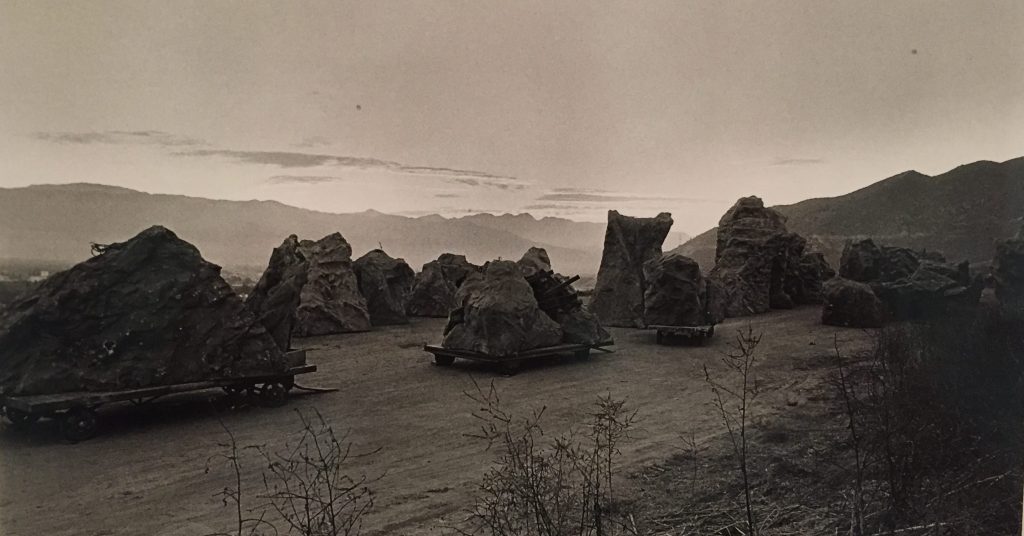With an avid interest in unique photography, I was immediately intrigued by one of The Met Breuer’s newest installations, “Diane Arbus: In the Beginning.” This exhibit, open until November 27, showcases over 100 black-and-white Arbus photographs, created during the first seven years of the artist’s career (1956-1971). Graciously donated by Diane Arbus’s daughters, Doon and Amy, two-thirds of the images culled from the Museum’s extensive Diane Arbus Archive have never before been seen. Together, these select photos embody her peculiar yet daring style.
The year 1956 marks an important period in Diane Arbus’s life. At the ripe age of 33, she finally broke off from the fashion-photography business that she managed with her husband to redefine both herself and her art. Born and raised in New York City, Arbus would visit popular sites such as Times Square, the Lower East Side, and Coney Island capturing candid moments of anything that caught her attention. Her favorite subjects to photograph ranged from children, city-goers, and couples to circus performers, cross-dressers, and eccentrics. No matter whom she was photographing, Arbus looked to establish an emotional connection with the person to bring a sense of authenticity to her art. Her images are captivating; many of her subjects look directly into the camera, conveying emotions such as anxiety, loneliness, or joy through their perpetual gaze.
Born into a privileged bourgeois family, Diane Arbus felt her upbringing lacked feeling and emotion. With her art, she sought to make something essential that proved of her existence. She was drawn to the fringe class of society, where she found a culture teeming with life and passion. In fact, the relationships she forged with her subjects served as her main source of excitement and energy.
Under the careful hand of Jeff L. Rosenheim, curator in charge of the Met’s department of photographs, the presentation of Arbus’s work is executed in a specific manner that mimics the artist’s idiosyncratic style. When one exits the elevator on the second floor, instead of seeing the predictable exhibition introduction, one steps into an intriguing forest of countless light grey ceiling-to-floor columns. On both sides of each narrow column hangs an image surrounded by white negative space and a black frame. With no apparent order, the audience is invited to wander the room as they please, just as Diane Arbus once crisscrossed the streets of New York.
Two images in particular seemed to enchant many of the museum-goers the day I visited the exhibit. Together, these photographs demonstrate Arbus’s shift in technology from a 35mm camera to a 2.25-inch Rolleiflex. “Windblown headline on a dark pavement, N.Y.C., 1956” is the epitome of Arbus’s classic soft, grainy photos. In this earlier work, Arbus captures her subject in motion, relieving the newspaper from the dark background as if for a mere second. In contrast, “Child with a toy hand grenade in Central Park, 1962” is depicted in sharp detail. With his fallen left shoulder strap and strained, delirious expression, the subject of the photo photo signifies both foolish behavior and a fascination with violence. Both images are titled simply and concisely; it is as if Diane Arbus was trying to make a statement: art needs no supplements, for it speaks more eloquently than words.
While many installations follow a rigid order, “Diane Arbus: In the Beginning” gives the audience the freedom meander through endless panels of distinct and stunning photos. The riveting images are bound to evoke emotion and bolster appreciation for the arts even for those who do not consider themselves “art-lovers.” Tickets for students are a mere $12, a meager price for such an awe-inspiring and one-of-a-kind exhibit!
Melanie Leider
Staff Writer
Image: Diane Arbus

